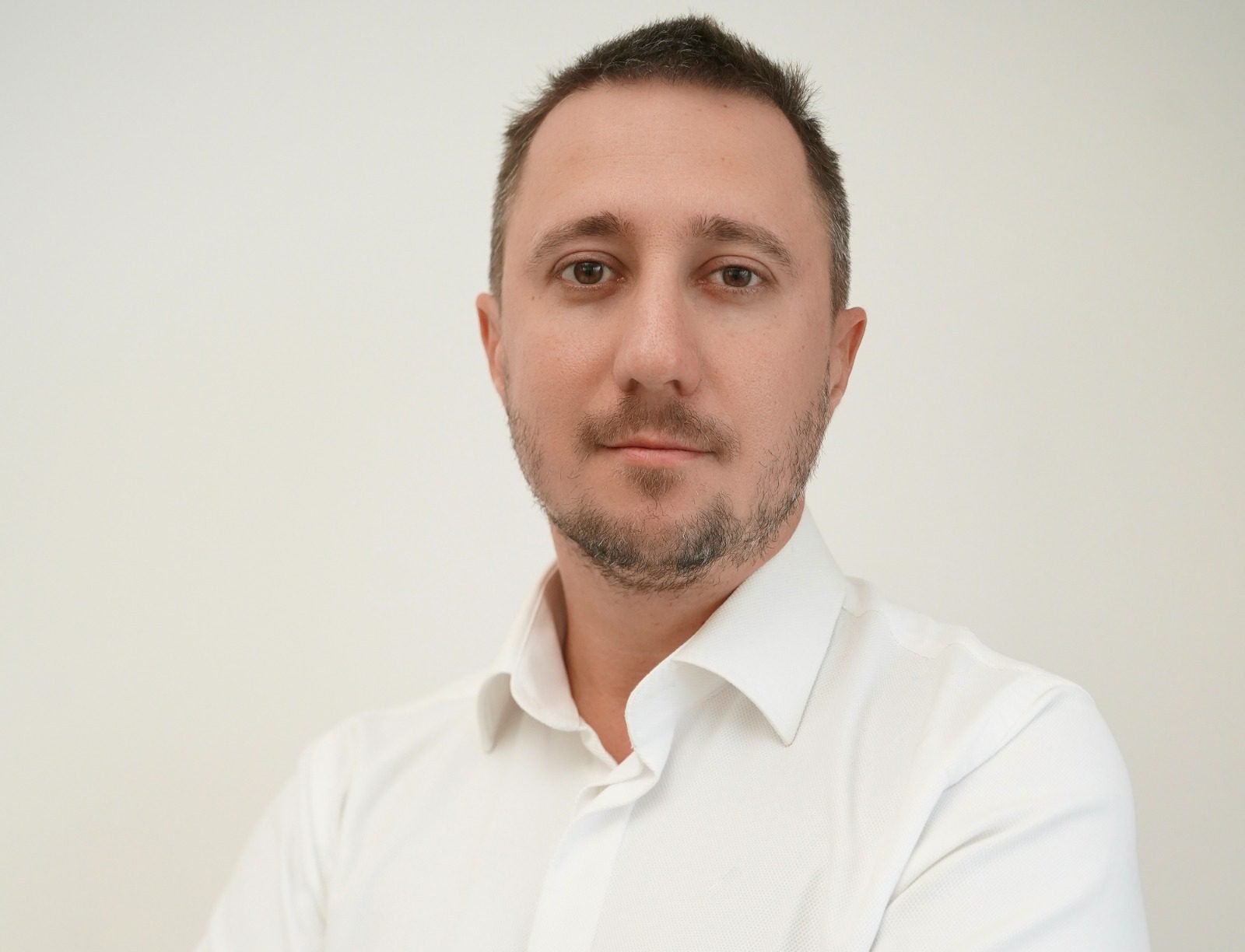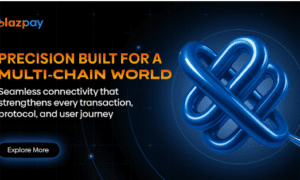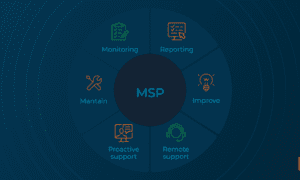A software architect and expert in public-sector digitalization, explains how long-term design thinking and collaboration built Ukraine’s first fully automated university platform, which has served hundreds of thousands of students for over 15 years.
In an era when universities worldwide are racing to adopt AI-driven admissions, hybrid learning, and digital services, the story of Ukraine’s higher education system offers a compelling case of long-term transformation. According to the 2025 EDUCAUSE Students & Technology Report: Shaping the Future of Higher Education through Technology, Flexibility, and Well-Being, institutions are under increasing pressure to evolve not just how they teach, but how they manage admissions, data, and student services. Moreover, a 2025 BDO-Benchmarking survey highlighted that “digital transformation is among the top priorities” for 30 % of higher-education institutions with legacy systems now seen as a significant drag on progress.
To understand what long-term, sustainable transformation really looks like, we turn to Vadym Shevchenko, the software architect who stood at the very beginning of this change nearly fifteen years ago. As a software architect and CEO at IT Group, he led the design and implementation of a platform for Chernivtsi National University that automated, for the first time in Ukraine, the full student lifecycle: from applications, testing, enrollment to academic planning. The system has been operational for almost 16 years to the present day. He also oversaw regional digital-government projects including the Chernivtsi Regional Council portal and the “Gromady” regional e-governance platform.
In this interview, we speak with Vadym Shevchenko about how long-term system design, technical foresight, and close collaboration with universities helped build a digital infrastructure that has already processed data for hundreds of thousands of students and continues to shape Ukraine’s higher-education landscape.
— Vadym, recent 2025 reports show that digital transformation has become a top priority for universities, yet many still struggle with outdated systems. From your perspective, what makes digital transformation in education truly sustainable, not just another short-term upgrade?
I think the real difference is in consistency. Many universities launch a digital project, but after a year or two it loses momentum — budgets change, people move on, and the system stops evolving. True transformation happens only when technology becomes part of how the university thinks and works every day. It’s not about introducing one modern platform and moving on. It’s about building something flexible enough to grow and adapt, even when policies or regulations change.
— You led the development of the Digital University system for Chernivtsi National University, one of Ukraine’s top ten institutions, and later built its first fully integrated admissions engine connected directly to the national educational database — a module that still underpins the university’s automation today. What challenges did higher-education institutions face in admissions and data management at that time?
When we began, most universities in Ukraine still worked almost entirely on paper. Applicants submitted handwritten forms, staff entered data manually, and ranking lists were calculated in spreadsheets. Every small mistake meant hours of rechecking and correcting records. For large universities, it created bottlenecks and constant pressure during admission campaigns.
At that stage, the idea of full automation seemed ambitious, even risky, because there was no precedent in Ukraine. But we wanted to move from paperwork to a system that could handle the entire admissions cycle digitally and keep data consistent across departments.
— The Digital University platform became one of Ukraine’s first systems to integrate directly with the Ministry of Education’s Unified State Electronic Database on Education (EDBO), enabling real-time data exchange. How did this breakthrough influence transparency and data accuracy across the country’s admissions process?
It was a turning point. Before integration, universities operated in isolation: they exchanged files with the Ministry manually, which created constant delays and errors. With the EDBO module, we built a live connection between the university and the national database. Applications were automatically downloaded every hour, exam results were sent back in real time, and all records stayed synchronized. For applicants, it meant that they could finally see their admission status online instead of waiting for manual updates. For the Ministry, it meant a unified, reliable data flow across the country. In essence, it connected higher education into one digital ecosystem.
— After the launch, the platform processed thousands of applications per hour and significantly reduced manual work. Serving 14,000+ students and 1,000+ staff, it quickly became a critical infrastructure. Could you describe the measurable operational results that followed its implementation — both for the university teams and for applicants?
The difference was immediate. The admissions commission’s workload dropped several times over, and the number of human errors nearly fell to zero. Data processing that used to take hours was reduced to minutes.
Applicants no longer needed to bring physical documents multiple times or stand in queues to check rankings: everything became visible through the online portal. That transparency not only improved efficiency but also built trust. People began to see technology as something that protects their rights and simplifies bureaucracy, not complicates it.
— Automation also transformed the applicant experience: instead of queues and paperwork, students could now track their progress online. From your observations, what human or social effects did this shift have on how people interact with universities?
I think that’s one of the most overlooked outcomes. When you make a process transparent, you reduce anxiety and frustration. Applicants, especially those from smaller towns, felt they had equal access to information as everyone else. That’s a cultural change. Digital systems also made the staff’s work less stressful — they could focus on applicants rather than paperwork. Over time, this shaped a new kind of relationship between universities and students — one based on clarity and mutual trust rather than hierarchy and procedure.
— A system that stays relevant for more than a decade must have been built on strong architectural principles, the ones you designed from the start. What specific design decisions, in structure, documentation, or modularity, allowed the Digital University platform to adapt to changing educational policies without major rework?
From the start, we prioritized flexibility. Education policies change constantly — new grading systems, reporting standards, course formats. So instead of hardcoding every rule, we built a modular structure where each process could evolve independently.
We also invested heavily in documentation and interface visualization. Every workflow was described, drawn, and agreed upon with the university before development. That meant any new engineer could make adjustments years later without breaking the core logic. This clarity in architecture and documentation is what allowed the system to survive and grow naturally for more than 15 years.
— Beyond admissions, you developed the Academic Planning Module that still supports curriculum design and approval at Chernivtsi National University. How did close collaboration with faculty and administrators shape the system’s usability and long-term acceptance?
That collaboration was fundamental. The academic planning process is extremely detailed as it involves credit hours, electives, internships, and verification by multiple departments. We worked side by side with deans and the academic office to map every real step of that process before writing a single line of code. As a result, the system mirrors how people actually work instead of forcing them to change their habits. That’s why it’s still in use with almost no modifications, because it was designed around people, not around technology trends.
— Long-term public-sector projects like the one you developed are rare in the tech world for their stability and endurance. What lessons can today’s CTOs or product leaders learn from your experience about building software that lasts?
The main lesson is to think in decades, not releases. Many products are designed to impress investors in the first year, but not to survive constant change. In public systems, you don’t have that luxury: your software has to live through political shifts, new regulations, and evolving technologies.
That’s why we built everything around transparency, documentation, and small, consistent updates. When your team and users understand why the system works the way it does, they can keep it alive even when the original developers move on. In a sense, longevity isn’t about code but about shared understanding and discipline.





























